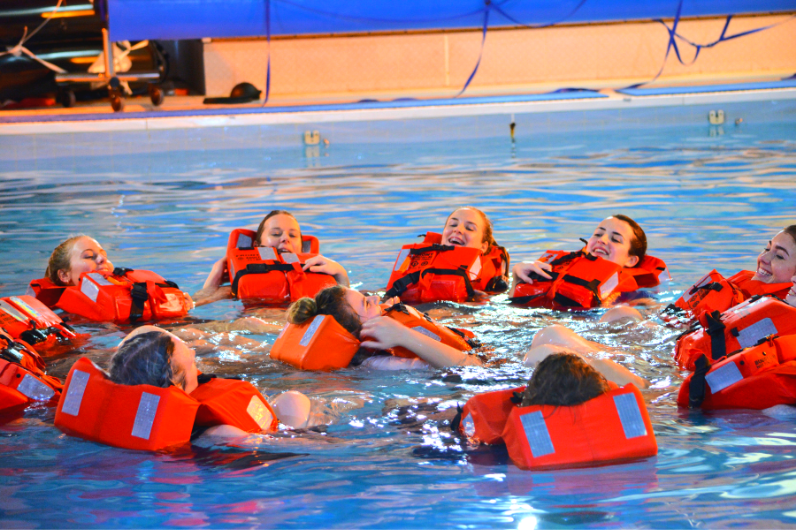STCW (Standards of Training, Certification and Watchkeeping) basic training

An STCW Basic Safety Training course is the legal minimum requirement for anyone looking to work aboard a 24m+ yacht. To obtain an STCW (Standards of Training, Certification and Watchkeeping) Basic Safety Training (BST) certificate, you will need to complete the required courses at a training center that is approved by your countries’ maritime administration or an authorised organisation.
What’s included in an STCW Basic Training Course?
The basic Safety Training course is typically composed of five modules: Personal Survival Techniques (PST), Fire Prevention and Fire Fighting (FPFF), Elementary First Aid (EFA), and Personal Safety and Social Responsibility (PSSR) and Proficiency in Security Awareness (PSA). The course may be completed as a single program or as individual modules, depending on the training centre.
Other elements of an STCW course include:
- Understand life-saving appliances and control plans onboard
- Demonstrating an ability to assist passengers en route
- Understand mustering procedures
To enroll in the course, you may need to meet certain requirements, such as being at least 18 years of age and in good health. You may also need to provide proof of identity and nationality, as well as any other documents required by your country’s maritime administration or the training centre.
READ MORE: Superyacht Crew – Sustainability and STCW for Engineers
Before you’re issued a certificate, students are required to take a continual practical assessment with theory based examinations. Once you have completed the required modules and passed the assessments, you will be issued an STCW Basic Safety Training certificate, which is valid for five years. You may then be eligible to work on certain types of vessels or in certain positions that require STCW certification.
It’s important to note that the specific requirements and procedures for obtaining an STCW Basic Safety Training certificate may vary by country and by training centre, so it’s best to check with your local maritime administration or an authorised training centre for more information.
For the latest Superyacht Content career and training blogs, click here.










.gif)










